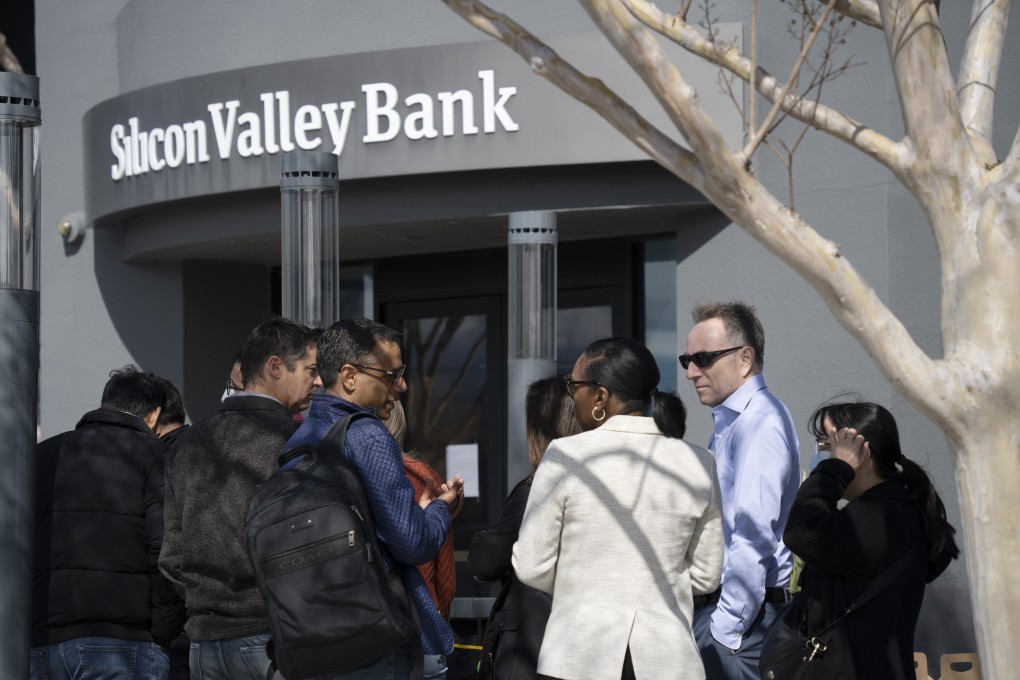Editorial | SVB’s failure a lesson in how things can suddenly go so wrong
- US lender was not insolvent, but it could not produce the capital to survive a bank run, showing once again that there is virtue in preparing for a rainy day

The fallout from the collapse of Silicon Valley Bank continues to reverberate not only through the United States’ domestic banking system, but around the world. It led directly to the shutdown of two other medium-sized US banks.
High volatility has been experienced by major stock markets. Shares in European banks have been pummelled while Credit Suisse, considered the most vulnerable, plunged to fresh record lows.
And by being the go-to bank for start-ups, even some mainland Chinese tech firms have had funds tied up in SVB. It turns out even small to mid-sized banks not considered “too big to fail” can still cause havoc.
This is a learning moment not only for Chinese start-ups, many of whom are funded by US investors who use SVB, but also China’s domestic regulators about how things could go so wrong.
SVB is the victim of an old-fashioned bank run. Rapidly rising interest rates turned what looked like good investment in long-term securities when rates were zero into a nightmare. When depositors got wind of its financing troubles, they jostled to take money out.
That in turn forced the bank to sell securities at great losses to meet its obligations, which further undermined its financial position. Its collapse was quickly followed by the crypto-friendly Silvergate Bank and the mid-sized Signature Bank.

